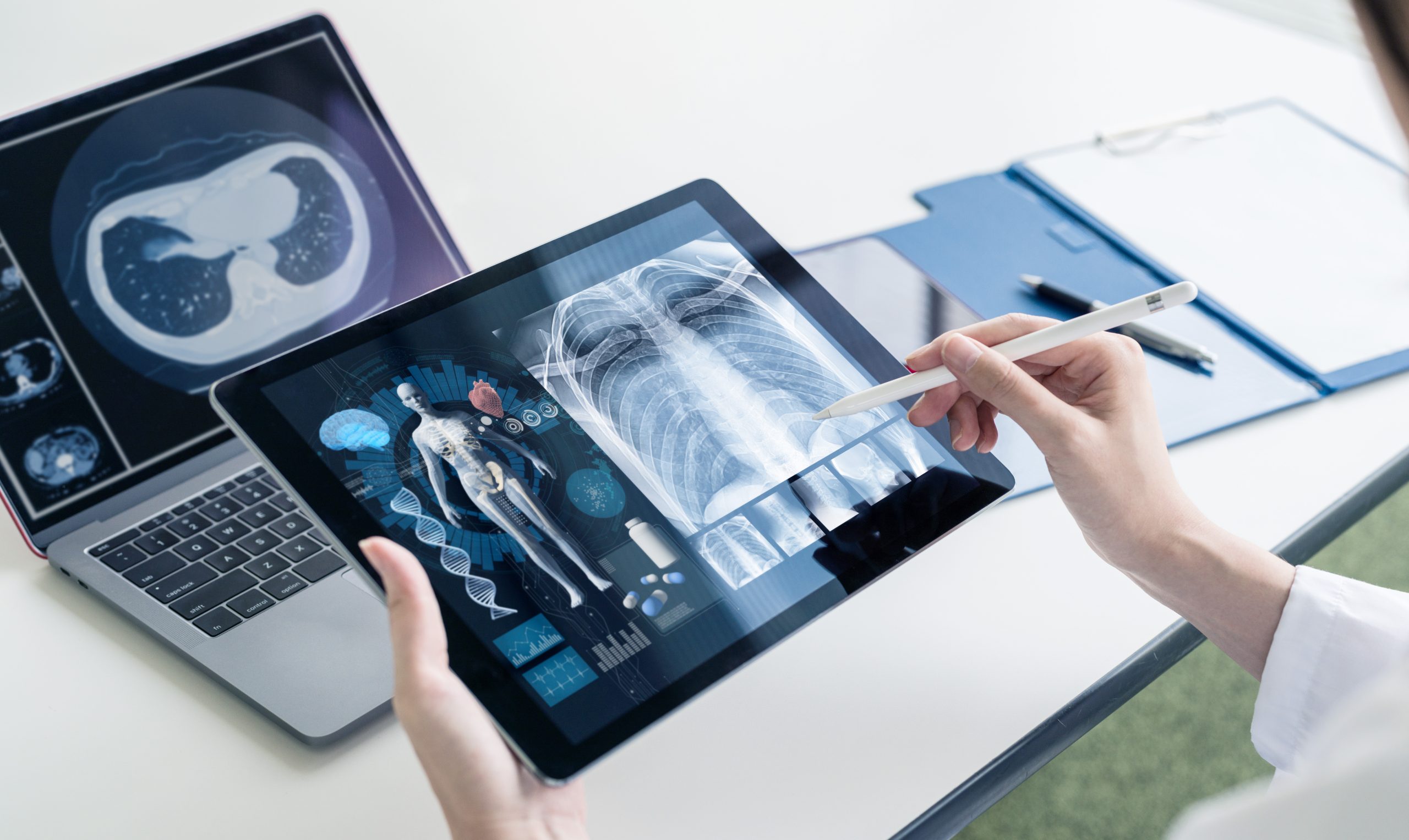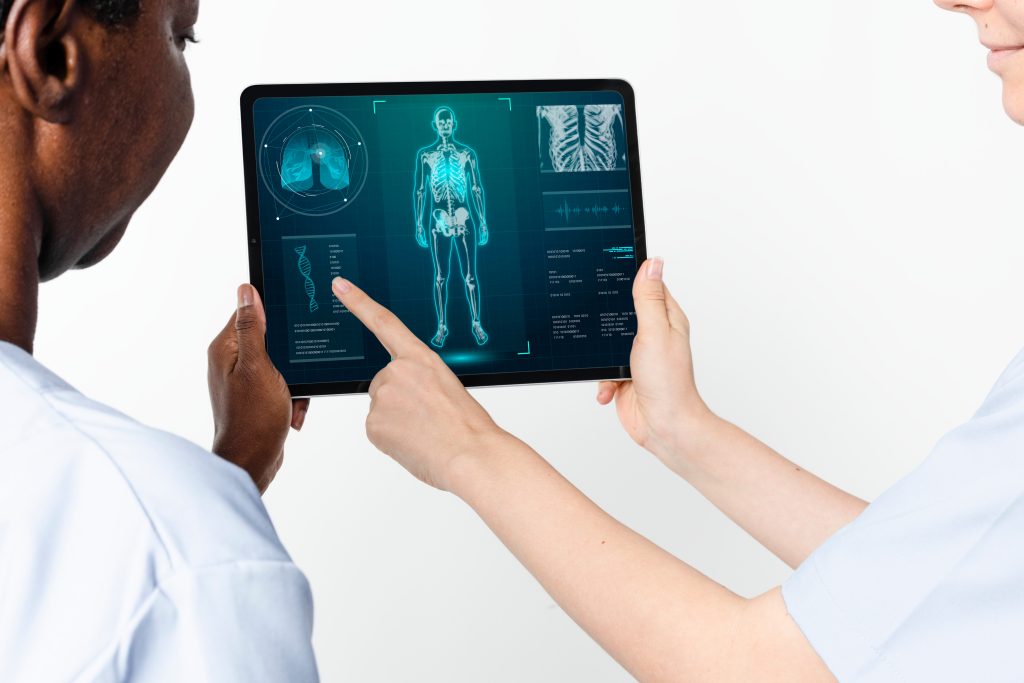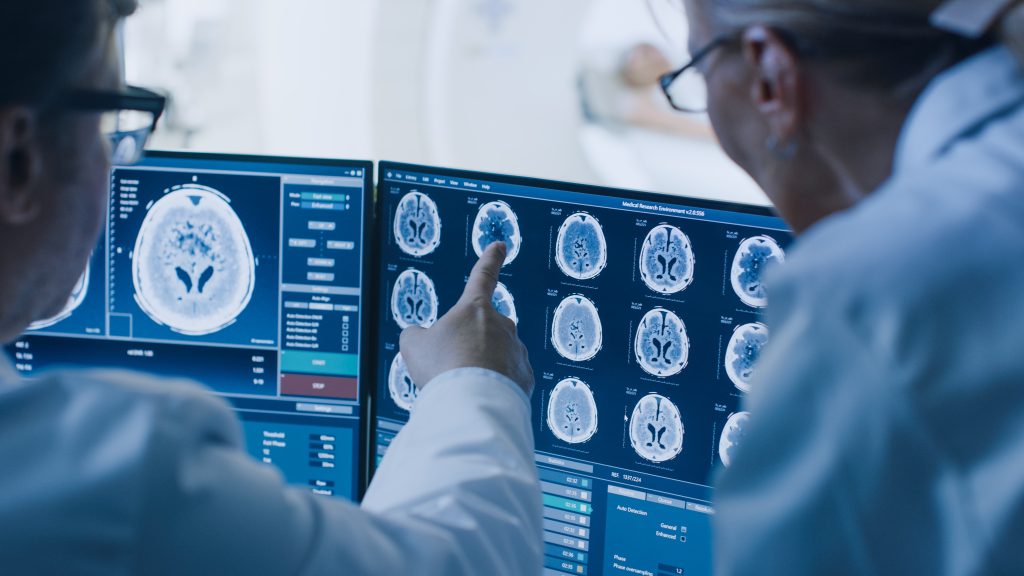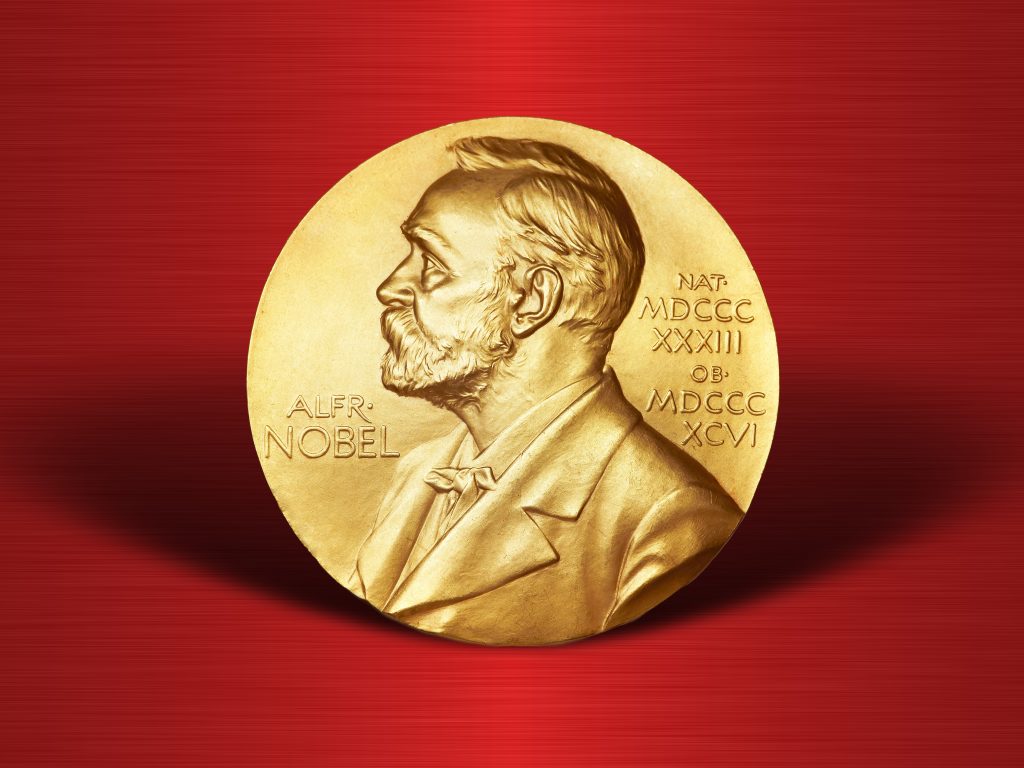
In the wake of the initial High Court judgment of Emotional Perception, there has been much talk lately of a boost to the protectability of AI inventions in the UK. Now that the Court of Appeal has overturned the High Court’s judgment, deciding in favour of the UK Intellectual Property Office (UKIPO) to refuse the case, it seems that the legal landscape in the UK has shifted back towards its long-established form.
Although Emotional Perception has, thus far, concluded negatively for the applicant, it is important to remember that patenting of inventions applying AI to specific problems is still relatively commonplace in the UK. When it comes to the application of AI to solving problems in health technology, the UKIPO takes an explicitly favourable stance, so long as the problem solved by the invention is considered “technical”. The boundary between technical and non-technical subject matter in UK patent law is often challenging to visualise for applicants and foreign practitioners alike.
The UKIPO issues its own guidance in the form of worked examples and hearing decisions that can shed some light on this complex area of law. In this article, this guidance is discussed in the context of inventions applying AI to health technologies with the hope of demystifying UK practice to those in the medical technology sector.
Guidance from the UKIPO – a patentable example
The UKIPO has published two examples, one on either side of the patentability divide, related to AI technology applied to healthcare scenarios to assist applicants in identifying patentable aspects. At the time of writing, the guidance from which these examples are taken is suspended by the UKIPO until the Emotional Perception appeal is concluded, but we expect the guidance to be reinstated shortly.
The first scenario relates to a method of measuring a percentage of blood leaving a heart and is considered patentable. This hypothetical example addresses a problem in ultrasound imaging in that the percentage of blood leaving each ventricle of a heart is a (diagnostically useful) measurement whose accuracy can depend on the skill and judgement of a human operator. The solution involves training a neural network based on a series of images of a heart over a heartbeat using a supervised learning approach. The trained model can be provided a series of images of a given heart and output a determined percentage of blood ejection.
The method is deemed to provide a technical contribution over the previous manual approach. This is because the use of AI helps to provide a technical measurement of a physical system (in this case, the heart) lying outside a computer implementing the method. In other words, the technical contribution is not limited to the computer program “as such” and thus meets the statutory requirement for patentability in the UK. This first example shows that implementation of AI in healthcare is, in principle, viewed favourably by the UKIPO.
Nowadays, due to the increasing prevalence of AI across various sectors, the most relevant prior art is less and less likely to be a non-AI approach. More often, the state of the art will involve a less advanced implementation of AI applied to the same problem. If the sole distinguishing feature relates to how the AI is implemented, it can be crucial to establish that the novel machine learning implementation contributes directly and objectively to an improved technical outcome. When it comes to AI inventions, however, convincing an examiner of this in practice can be difficult. This is one reason why providing as much supporting evidence in the application as possible can be a worthwhile investment.
Extending the current example, if the most relevant prior approach involves a different, less effective selection of labelled features in the training images, then it could be challenging to establish that a different selection of labelled features provides a technical contribution without supporting evidence. Useful supporting evidence could be provided in various forms, such as: (i) verified accuracy rates obtained using an alternative means of measuring blood ejection, (ii) results verification by human operators indicating a reduced number of obviously incorrect results or (in other types of measurements) false-positives, or (iii) a direct comparison of results arising from one selection of machine learning features versus another.
Obtaining this kind of data can be laborious and time consuming. However, one hearing decision, O/0657/23, illustrates the reluctance of the UKIPO to take the improved efficacy of a different AI implementation as read. The case related to using a machine learning model to predict a disease risk score for a patient and was acknowledged as novel over a previous machine learning approach because the method in question utilised “graph-based” input data. To quote the hearing officer: “I do not see how greater accuracy or reliability can be specifically attributed to using a graph-based system”. Consequently, the improved accuracy of the method alleged by the applicant was excluded from the hearing officer’s assessment of the invention’s contribution over the prior art. The contribution identified by the officer was therefore limited to a specific implementation of a machine learning model, rather than to an improved detection of a disease risk score, leading to a finding that the invention’s contribution fell solely within excluded subject matter. Another decision, O/0706/23, in which a machine learning approach to performing physical classification of a user based on wearable sensor data was deemed not to provide any advantage over known AI approaches, followed a similar pattern.
Administrative healthcare solutions – a non-patentable example
The second scenario relevant to AI in healthcare published by the UKIPO concerns a method of analysing patient health records. The method, which is deemed non-patentable, uses AI to identify and assess empirical variables in health records (including medical test results) to look for correlations between variables. This can be used to identify patient groupings and risk factors, for example, and more generally provides a range of health metrics for a group of patients as an output.
In this case, the output of the method is an analysis of data not used to control or provide information about a physical system as such. The method does not “represent a technical process outside a computer, nor does it contribute to the solution of a technical problem external to a computer”, according to the UKIPO. In this context, analysing patient data is considered an administrative task that amounts to a computer program implementation of a business method. The second example may therefore be excluded even compared to a less effective manual or non-AI process of performing the same analysis.
Healthcare administration represents a key challenge to healthcare professionals and developing effective solutions requires significant investment. For these reasons, many applicants prefer to proceed speculatively with UK patent applications in this field, despite the stance taken by the UKIPO, accepting that achieving grant of a patent may be difficult. Before dismissing an invention that deals with administrative aspects of healthcare, it is worth discussing whether there could be an angle to present the invention as providing a technical benefit with a patent attorney. Sometimes a detail that seems minor can be used to re-frame the invention more favourably to skirt around the patentability exclusions.
Analysis of more recent hearing decisions shows that once applications receive an initial refusal from an examiner it is an uphill battle to reverse the initial outcome at the hearing. Several decisions from the past few years related to AI-powered solutions concluded unfavourably for the applicant. Some of these refused patent applications relate to using AI to indicate whether a candidate is suitable for a medical trial, displaying a list of healthcare studies from automated image analysis, and selecting the most appropriate medical institution to transport a patient for treatment, then transporting them there. Each was assessed similarly to the second example above as ultimately providing a contribution concerning healthcare administration.
Drug target identification – technical in the UK?
The way drug target identification is assessed at the UKIPO can often catch applicants off-guard. Perhaps surprisingly, such inventions can be assessed as akin to the second example discussed above, namely, as relating to an administrative task of identifying a target for research. This can seem counterintuitive because of the significant technical complexity of drug target identification systems, but both historic and recent hearing decisions (O/163/07, O/224/22) have shown obtaining protection for this subject matter can be difficult in the UK. That said, in our experience, inventions in this area can be treated inconsistently in practice and some aspects of the drug discovery pipeline are more patentable than others.
Indeed, many applicants prefer to proceed with drug discovery applications regardless, and it should be appreciated that overcoming the UKIPO’s relatively strict stance in this field is certainly possible. If a method of drug target identification can be adapted and optimised to specific computer hardware, either at the level of architecture of the computer, or to cause the computer’s architecture to operate in a new way, these can be indications that technical subject matter is at play. Sometimes framing the invention in the right way can make a decisive difference as to how the invention is perceived by the patent office. For instance, an optimisation that allows many potential drug candidates to be evaluated in a more realistic timeframe may have more success when posed as a new way of operating a computer rather than a new way of identifying drug targets.
At the very least, filing a patent application in this field can be a useful tactic for applicants to demonstrate that avenues to protecting the interests of their investors are being pursued exhaustively.
Conclusion
Despite recent legal developments in the UK, it should be borne in mind that the UK’s view of applied-AI inventions in healthcare is, in principle, favourable, as evidenced by the UKIPO’s published scenarios. A key distinction is often whether an invention aims to ease the administrative burden on healthcare infrastructures or to improve directly the measurement, diagnosis, or treatment of patients. In some cases, framing the invention in the right way can give applications an edge in clearing patentability hurdles in the UK. Our wealth of experience in this field makes us well-placed to guide applicants and foreign practitioners through applying for UK patent protection of AI inventions in healthcare.
If you would like to discuss the contents of this article, or have any queries on patent protection in the field of AI or digital healthtech more generally, please email us at gje@gje.com.


